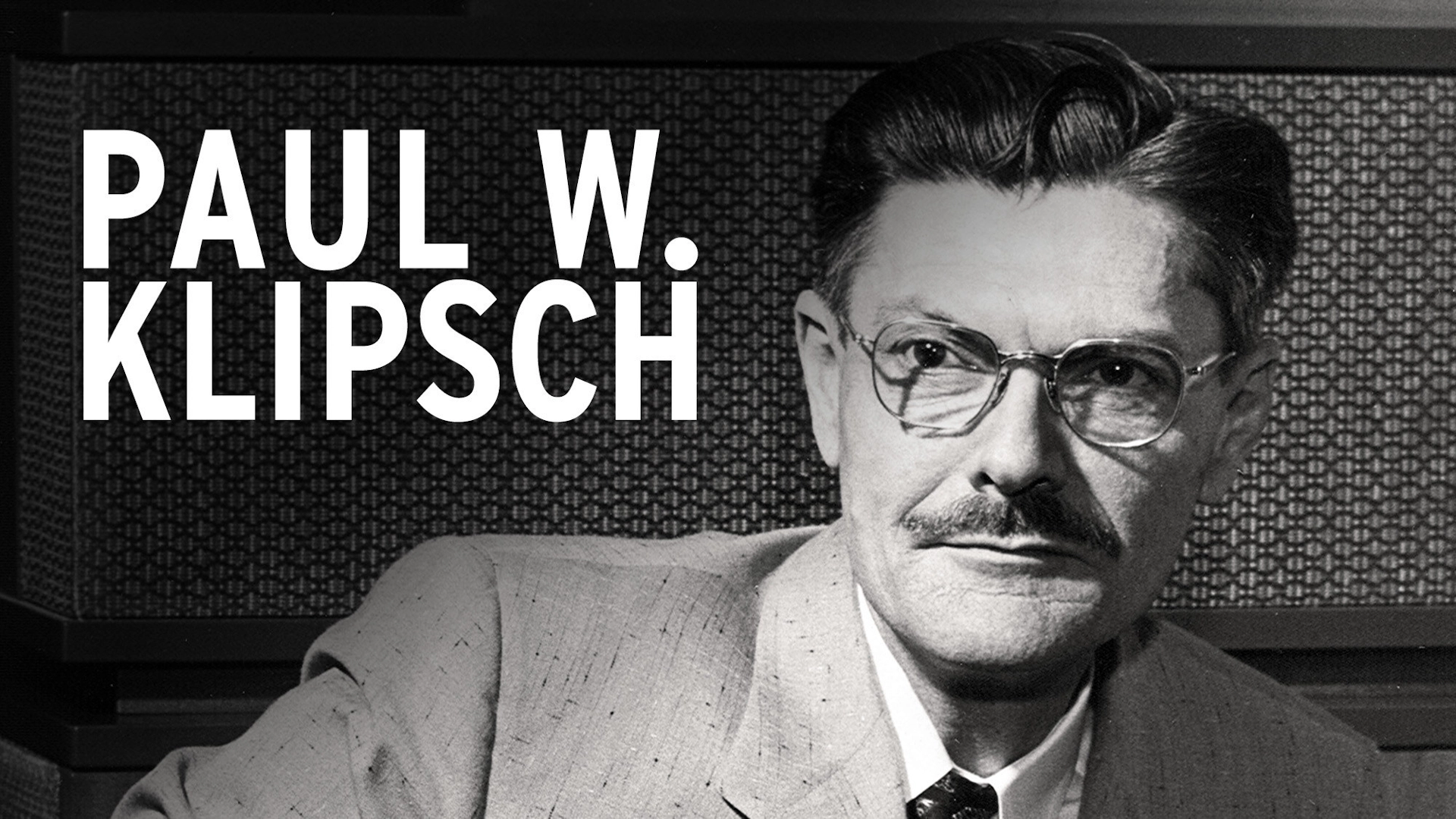
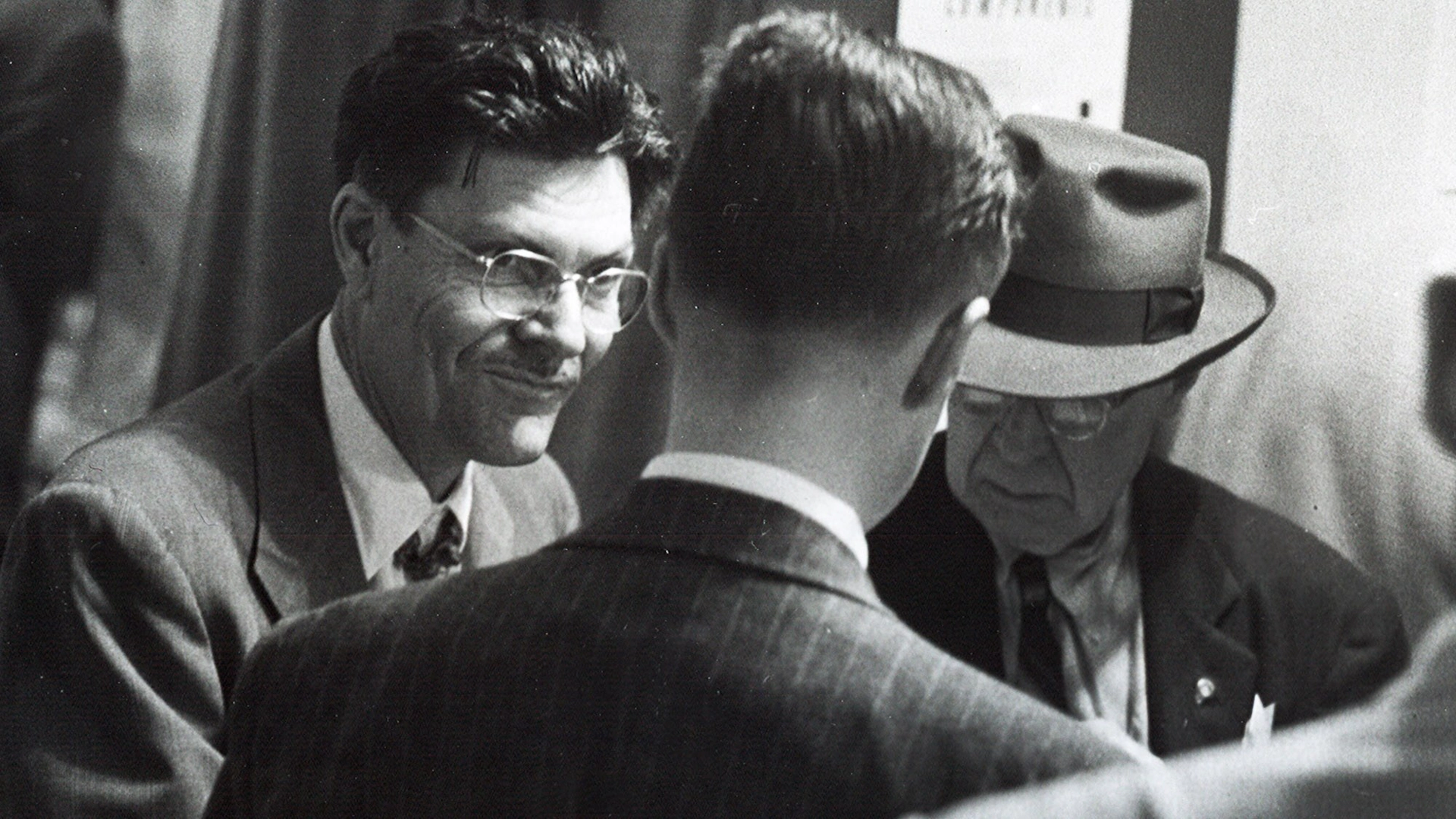
Legend
Paul Wilbur Klipsch (PWK) was an American audio pioneer, a true eccentric and a proud member of the engineering and science hall of fame. He gave rise to speaker technologies that would forever impact generations of music lovers. His passion enabled theirs.

The Tin Shed
The genesis of something, very, very special occurred in a tiny tin shed in Hope, Arkansas in 1946 when Paul W. Klipsch, genius, madman and maverick, designed and hand-built the legendary Klipschorn® speaker with the goal of bringing live music into his living room.
In the understatement of the century, we'd say he succeeded.
The tin shed is now a full-fledged factory with its own cabinet production line and the company’s headquarters have moved to Indianapolis, Indiana; however, the mission remains to create the world's best speakers.
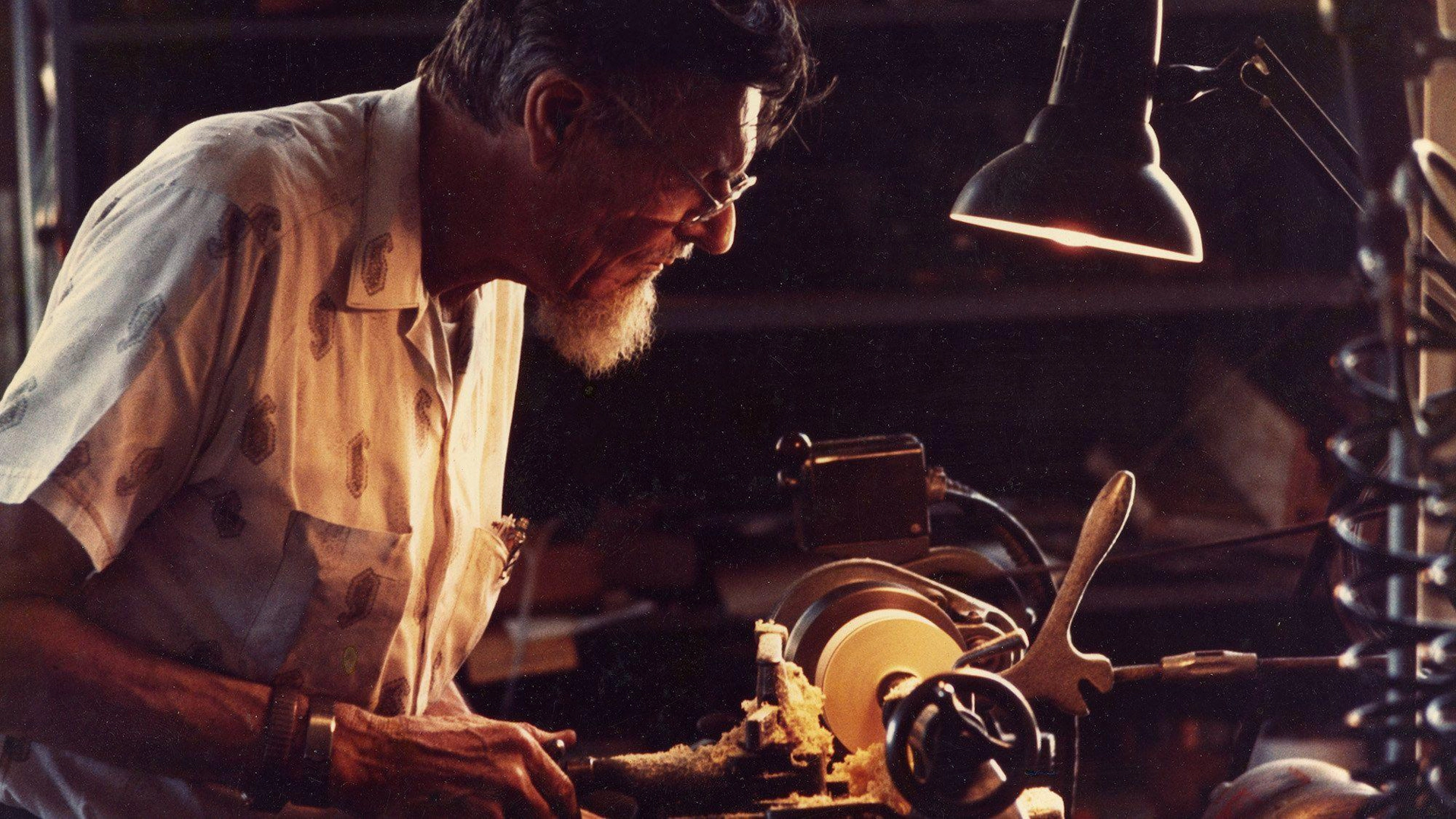
HANDS ON
It was during his service at the Southwest Proving Grounds located in Hope, Ark. that Paul W. Klipsch refined his corner horn speaker design. Visitors to his officer's quarters were amazed by the lifelike reproduction and encouraged PWK to start his own manufacturing business.
He received a patent on his loudspeaker design in 1945, registered the name Klipsch & Associates in 1946, and began making each loudspeaker with his own two hands until he hired his first employee in 1948.
"Paul was a verifiable genius who could have chosen any number of vocations, but the world sounds a lot better because he chose audio."

The Klipschorn
During a 1999-videotaped interview, Paul W. Klipsch claimed that he did not, in fact, name the Klipschorn himself. He said that he made a sales call to a man in New York City during the first years of operating Klipsch & Associates and, surprisingly, the business prospect already knew about the revolutionary new loudspeaker. "We've heard all about your corner horn," the man said.
"WE CALL IT THE KLIPSCHORN."

A Testament to his Greatness
The Klipschorn proved that it was possible to reproduce the sound of a live orchestra inside a home.
It is the only speaker in the world that has been in continuous production for over 70 years, standing the test of time against all competition.
Today, we still make them by hand in Hope, Arkansas, just the way Paul W. Klipsch would have wanted it.

Heritage Speakers
In addition to the Klipschorn, the Heresy, Rebel, Shorthorn, Cornwall, La Scala and Belle Klipsch are among the most well-known loudspeakers developed by Paul W. Klipsch. The principles behind these speakers are the basis for all of our speakers today.
The Klipsch Heritage Series, which consists of the Klipschorn, La Scala II, Cornwall III and Heresy III, are still manufactured and sold around the world today.
They are still considered among the world's finest loudspeakers.

Four Principles of Klipsch Sound
The acoustic principles of Klipsch sound, as stated by Paul W. Klipsch:
High Efficiency/Low Distortion: Klipsch horn technology is highly efficient, providing a more accurate sound with less power and less distortion — resulting in louder, cleaner audio. Klipsch’s Law: Efficiency is inversely proportional to distortion.
Controlled Directivity: Klipsch horn technology accurately directs sound to the proper locations, which, in turn, creates a more lifelike soundstage without wasting acoustic energy where sound is not needed or desired.
Wide Dynamic Range: The softest sounds are reproduced with remarkable clarity and the loudest sounds are delivered without harshness or distortion — with the greatest possible range between the softest and loudest sounds.
Controlled Frequency Response: Audio is delivered without frequency bias — no unnatural highs, mids, or lows — reproducing recorded sound as accurately as possible without colorization.
"My theories on audio and audio reproduction will be proven wrong only when the laws of physics change."

Bullshit
In a meeting during the 1960s with the company's marketing agency, Paul W. Klipsch threw a hi-fi magazine he had been reading up into the air and screamed “Bullshit!” The article was about the AR-3A. By this point in time PWK had become thoroughly disgusted with loudspeaker advertisements claiming “another major breakthrough."
Not only did our “Bullshit” slogan result, but the ad/pamphlet “Ho Hum Another Major Breakthrough” was also born.
To honor his uncompromising attitude, the word "Bullshit" is printed on plastic yellow lapel buttons that Klipsch hands out at trade shows.

More Bullshit
Paul W. Klipsch even confronted exasperated ministers to challenge their points, reading off the furious notes he took during the sermon.
It's even reported that he responded to a cleric by opening one side of his coat with the word "Bull" and the other with...Yup, you guessed it!

Hall of Famer
In 1978, Paul W. Klipsch was awarded the Audio Engineering Society's second highest honor, the prestigious Silver Medal, for his contributions to speaker design and distortion measurement which would lead to his induction into the Audio Hall of Fame five years later.
He was inducted into the Engineering and Science Hall of Fame in 1997, an honor shared by Thomas Edison, George Washington Carver and the Wright brothers. The Engineering and Science Hall of Fame recognizes those who have improved the quality of the human condition through an individual contribution using engineering and scientific principles.
In 2004, he was inducted in the Consumer Electronics Hall of Fame by the Consumer Electronics Association (CEA) who formed this Hall of Fame in 2000 to honor the leaders whose creativity, persistence and determination helped shape the consumer electronics industry into what it is today.
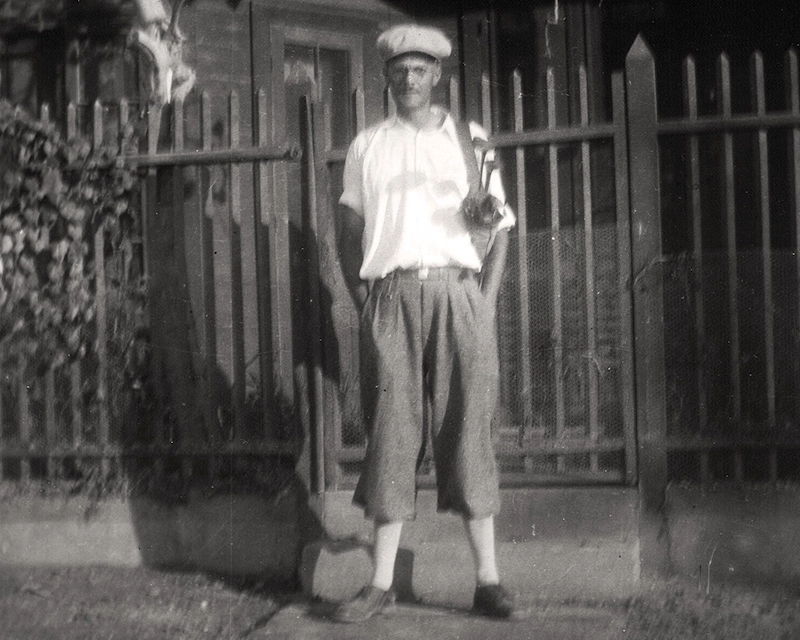
New Mexico State University
After graduating from El Paso High School, Paul W. Klipsch enrolled at NMSU where he played cornet in the university band and was an award-winning member of the school rifle team.
PWK credits his four years as a member of the Aggie Band for developing his love and knowledge of music and musical instruments.
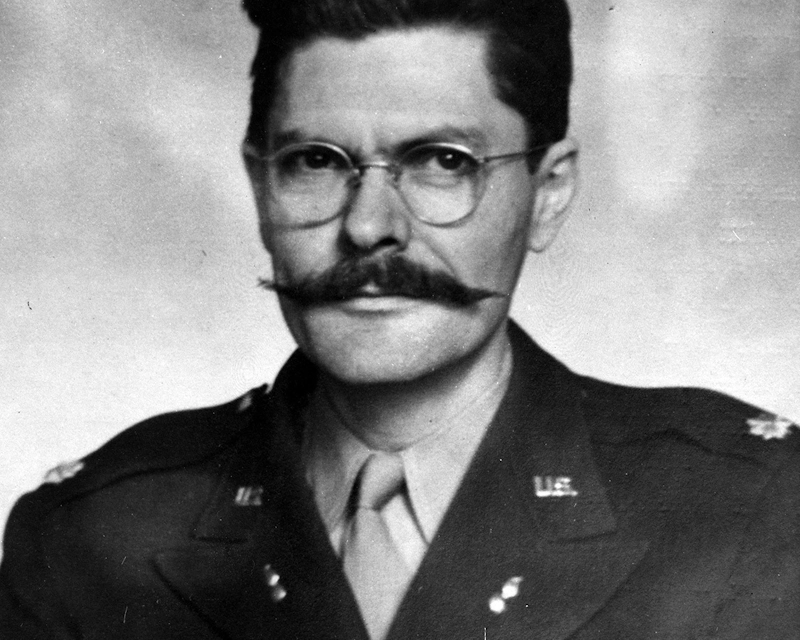
A Proud Veteran
Paul W. Klipsch served in the U.S. Army during World War II, earning the rank of Lt. Colonel.
It was during his service at the Southwest Proving Grounds located in Hope, Ark. that Mr. Klipsch refined his corner horn speaker design. Visitors to his officer's quarters were amazed by the lifelike reproduction and encouraged Mr. Klipsch to start his own manufacturing business.
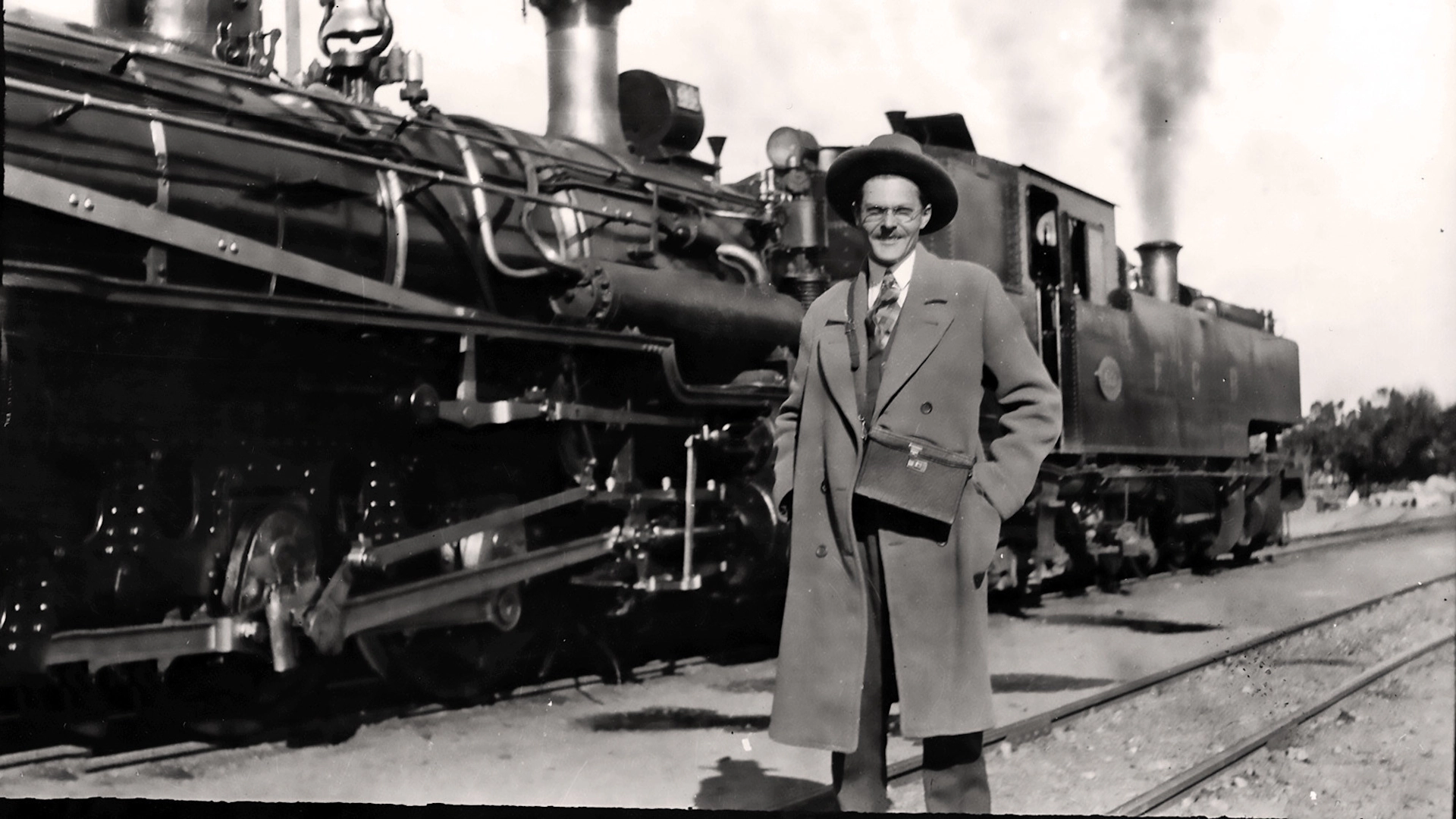
Trains, Chile and Stanford
Following graduation from NMSU, Paul W. Klipsch went to work for General Electric designing radios that were then sold to RCA. In 1928, he responded to a notice on the GE bulletin board. This resulted in a new job maintaining electric locomotives in Chile for three years before entering graduate school at Stanford. After receiving his engineering degree, PWK worked as a geophysicist for two Texas oil companies.

Planes
"My first great love was railroads, but then in 1911 I saw Lincoln Beechy flying in and out of Purdue stadium and I fell in love with airplanes. I didn’t forsake my first love, I just became polygamous."
There are stories of Paul W. Klipsch contorting his airplane into absolutely terrifying positions, drawing gasps from onlookers.
When asked what the heck he was doing up there, PWK replied that he wanted to find out what would happen if he put the plane in stall position with the engine on.
"Audio was a hobby and then a profession, but I still consider myself as an amateur in that an amateur is one who practices his art for love."

Leaving a Legacy
The acoustics career of Paul W. Klipsch spanned from 1946, when he founded one of the first U.S. loudspeaker companies, to 2000 when the Journal of the Audio Engineering Society published one of his papers. Over that time, he accounted for 23 patents.
He died on May 5, 2002 at the age of 98.
More about Paul Wilbur Klipsch
Social Engineer
Planes
Balancing Act
Chile
Phonograph Pickup
Exiting WW II
Accutron
PWK Papers
Quotes and Anecdotes
More about Klipsch Group, Inc.
Bullsh*t
Historic Events
In the News
Klipschtape
Dope from Hope
Product History
Product Literature
Pro in Action
